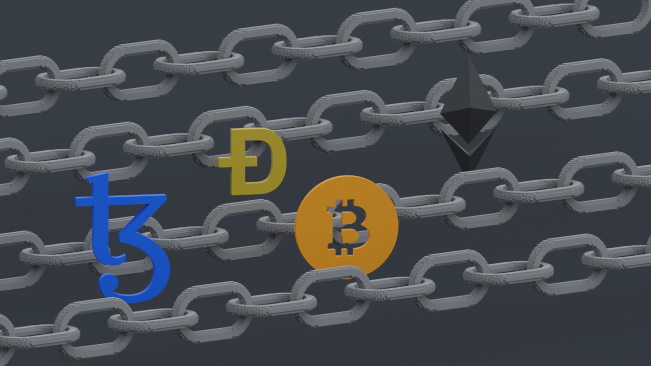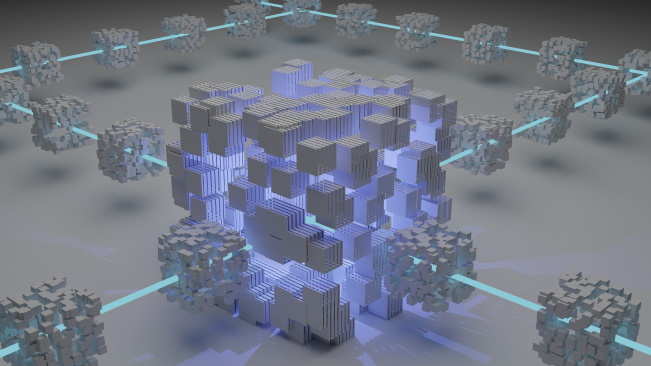Pointless calculations
Cryptocurrencies that are based on Proof of Work system are known for having huge power consumption. More or less meaningless calculations needed to write a new block of transactions in blockchain they require powerful computers, and powerful computers have powerful power consumption.
The obvious solution to this problem is to use blockchain technology for useful calculations, that is, for things that we normally use strong computers. Unfortunately, the math used in classic blockchain problems is very difficult to solve, and very easy to verify. Regardless of the existing principle, there are a number of useful calculations that have been identified as a possible replacement for those currently used in many systems.
Smart use
A recently published study provides an option for hiring that huge computing power – into optimization problems. Namely, optimization is known for very complex and demanding calculations, with a simple evaluation of the solution. The research suggested small power grid systems as a potential area in which blockchain could prove to be a useful solution.

Optimization
A classic example of a computational problem that makes sense to use blockchain is factoring a large number that is the product of two prime numbers. From a computer perspective, it takes a lot of budget to identify two prime numbers, but once you have them, it’s trivially easy to confirm the result of multiplying them. From the perspective of pointless energy consumption, performing a non-trivial calculation is useless unless you happen to know a situation where those numbers matter.
Optimization problems are similar, because finding the optimal solution, such as the shortest route between two locations, means trying out all possible routes. If you add another point to the equation, the number of possible routes increases significantly. For many optimization problems, however, finding out if a proposed route is effective is a much simpler calculation, which means that every solution is easy to check.
More importantly, real-world optimization problems are becoming more common: from how to squeeze the most boxes into a shipping container, to how to assign tools and technicians to ensure maintenance is done efficiently. This difference is what researchers are working on, who want to change blockchain from proof of work (PoW) such as factoring a large number to proof of solution (PoSo), where blockchain transactions result in useful calculations.
Hypothesis testing
To test their system, the researchers relied on two small energy systems. One is the University of Manchester, which has some combined facilities for heat and electricity, electricity storage and heat storage, along with some boilers. Finding which one to activate in different circumstances is a problem of economic optimization, but workable enough that the solution can be calculated in just 220 seconds. Checking that solution takes a total of one second.

A similar analysis of the system that provides a combination of electricity, heating and cooling for the district in the city of Suzhou in China was performed. The system managed to quickly generate optimal solutions for resource distribution and was competitive with a centralized management system, writes Nature.com.
The problem is that the system still needs more computers to perform calculations and verifications, so it will take more energy than simply running the optimization on one system. But researchers say the PoSo blockchain solution offers a significant advantage: it’s harder to cheat.
Impossibility of cheating
Imagine a situation where a central management system operator wants to favor certain sources of production in order to benefit from it, even if those sources are more expensive than other options. In essence, there is no system that can check this. On the other hand, a distributed system allows all individual nodes to compete to find the best solution. Even if one or two nodes do not play by the rules, the others should produce optimized systems, and the verification process ensures that the best solution is used.
While this seems like a limited use case, it’s nice to see concrete ideas on using blockchains, especially in situations where energy needs aren’t terrible and there are practical results.
source: pcmag
MORE TECH NEWS: The price for the Meta Project Cambria VR headset and specs
